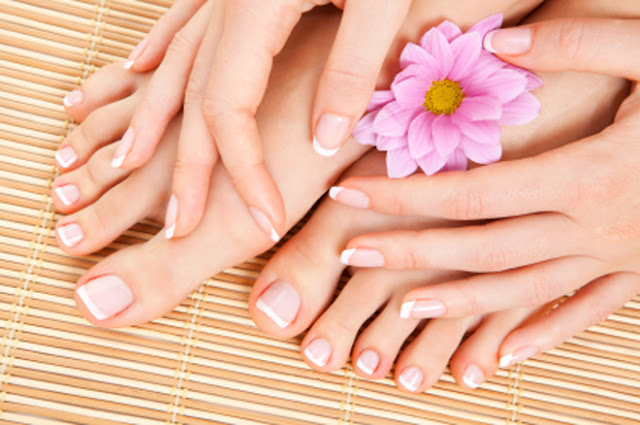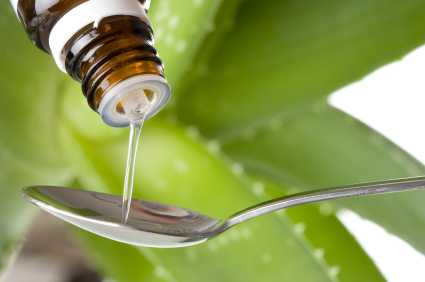
You may
not need any treatment if your fungal nail infection is mild. However, if you
do not treat the infection, there is a chance it will spread to other nails.
Serious
fungal nail infections need to be treated. The main treatments are:
- Anti fungal tablets
- Anti fungal nail paints
Your
pharmacist or GP will advise you whether you need treatment, and if so, which
type you need.
Anti Fungal Tablets
Taking anti fungal medication in the form of tablets means
that the treatment reaches your nail via your bloodstream.
The two medicines most commonly
prescribed for fungal nail infection are terbinafine and itraconazole.
These can be very effective in the
treatment of fungal infections. However, you may have to take the tablets for several
months to ensure that the infection has completely gone. Stopping the
medication too early can mean that the infection comes back.
An advantage of the anti fungal tablets is that they will clear any
associated fungal skin infections, such as athlete's foot, at the
same time.
However,
some people prefer not to treat the infection with medication as side effects
can sometimes include:- headache
- itching
- loss of sense of taste
- nausea
- diarrhoea
Anti fungal nail paint
If you prefer not to take anti fungal tablets, your GP may
suggest you try anti
fungal nail paint
instead.
Nail paint is not considered as
effective as the tablets because it has to be painted onto the infected nail
and work its way through to the infection. It can be difficult to reach all of
the infection.
A
fingernail can need around six months of treatment, and a toenail up to twelve
months.Foot care during your treatment
During your treatment, you
should start to see a new healthy nail begin to grow from the base of
the nail bed This is a sign that the treatment is working. The old
infected nail should begin to grow out and can be clipped away over a few
months.
Speak
to your GP if you do not begin to see a new nail growing after taking your
treatment for two to three weeks. Keep using the treatment until your GP says
it is ok to stop. If you stop the treatment too early, the infection could
return.Foot care tips
During and after your treatment, there are a few steps
you can take to help keep the infection at bay, listed below.
- Keep your feet cool and dry and wear shoes and socks that allow your feet to breathe. Wear clean cotton socks and avoid wearing trainers.
- Treat athlete's foot with anti fungal medicine as soon as possible to avoid spreading the infection to your nails.
- Clip your nails to keep them short.
- Use a separate pair of clippers or scissors to cut the infected nail, to avoid spreading the infection to other nails.
- Wear well-fitting shoes, without high heels or narrow toes.
- Maintain good foot hygiene.
- Wear clean shower shoes when using a communal shower.
- Consider seeking treatment from a podiatrist if thickened toenails cause discomfort when walking.
- Consider replacing old footwear, as this could be contaminated with fungal spores.






























.png)